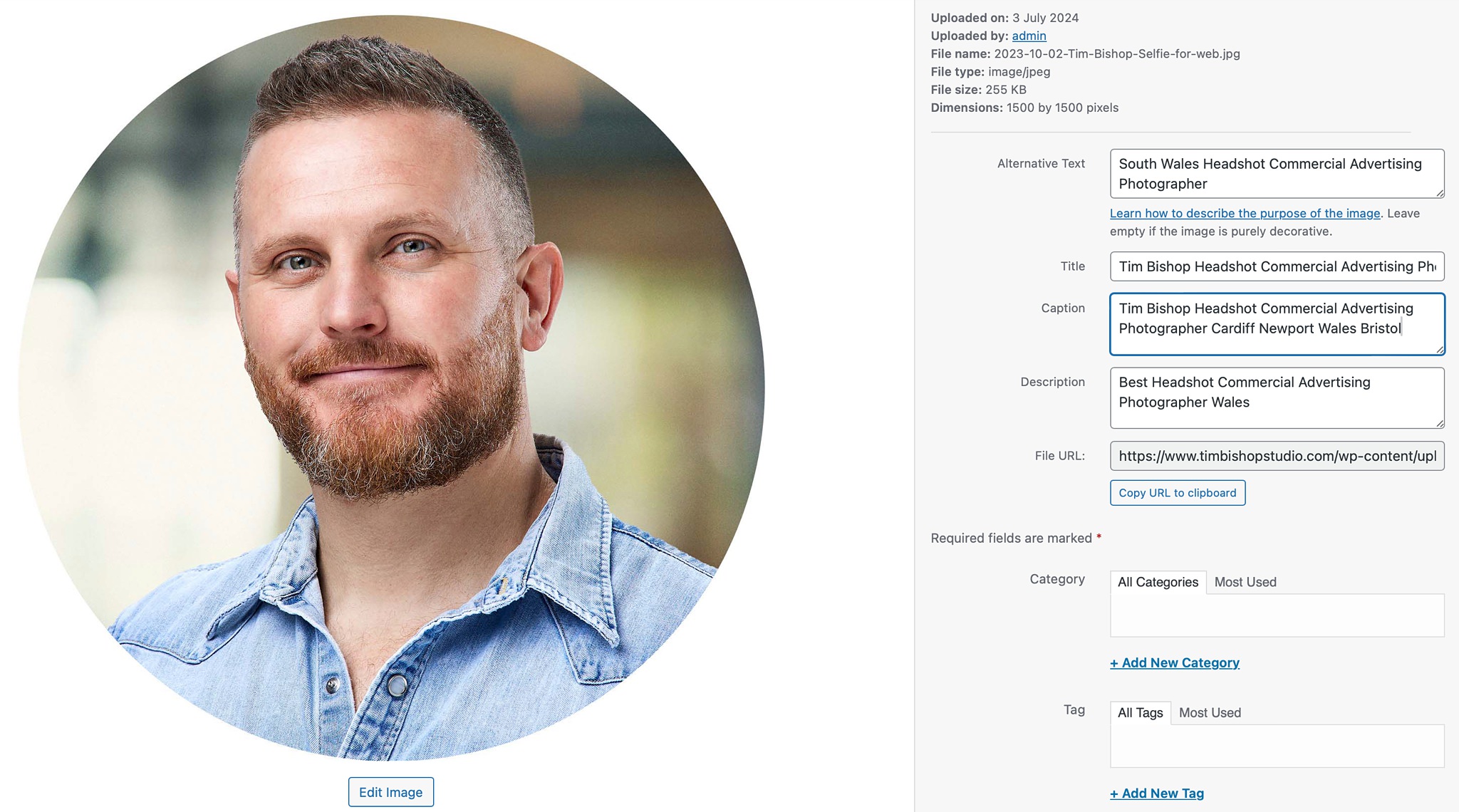The Power of PR – Louise Morgan
Public relations is a powerful tool for any organisation to have in its communications toolbox. When done well, PR can open doors, build bridges and create opportunities. It can boost a brand’s visibility, burnish its reputation and improve its credibility.
But what is PR, exactly, and what makes it such a powerful tool? In this blog, TMPR founder and managing director, Louise Morgan, delves into what PR is (as well as what it isn’t) and explains why it’s one of the most powerful communication tools your business can invest in.
Defining PR
Ironically, the PR industry hasn’t always been very good at doing its own PR. This has led to a general lack of understanding about its work, with people often struggling to define PR and to fully appreciate its value.
It’s no surprise, then, that there are many misconceptions about PR.
- PR doesn’t stand for press release, though press releases are an important part of the PR mix.
- PR isn’t all about getting publicity, though that is an important PR tactic.
- And PR isn’t the same as marketing, though the two disciplines are closely linked and can complement each other.
The two key words that sum up public relations are ‘reputation’ and ‘relationships’. The UK’s Chartered Institute of Public Relations (CIPR), describes PR as “the discipline which looks after reputation, with the aim of earning understanding and support and influencing opinion and behaviour”. The Public Relations Society of America (PRSA), defines it as “a strategic communication process that builds mutually beneficial relationships between organizations and their publics”.
In the modern world, reputation is a vital asset for any organisation. A positive reputation enhances trust and inspires confidence and loyalty, and can be the differentiator that gives your organisation a competitive edge. A positive reputation takes a long time and a lot of hard work to build, yet it can be lost in a moment.
Think about the damage bad reputation can do to a brand. When Gerald Ratner of Ratners Group joked that some of his company’s jewellery products were “total crap” in 1991, he wiped nearly half a billion pounds off the value of his company. Even today, people refer to ‘doing a Ratner’ because of his gaffe. Similarly, in 2010, BP CEO Tony Hayward committed a series of PR gaffes after the Deepwater Horizon oil rig exploded, causing an environmental catastrophe in the Gulf of Mexico. Among other controversial comments, Hayward caused outrage when he told reporters: “I’d like my life back.” BP suffered huge reputational damage and billions of dollars were wiped off the value of its shares as a result.
PR has the power to help your business to create a positive reputation and to help you manage, maintain and grow it. And if your reputation is damaged, PR has the power to help repair it. This can be achieved through communicating and building and maintaining strong and meaningful relationships between your organisation and its key stakeholders, whether they are customers, investors, shareholders, politicians or authorities.
Earning trust
Another of the key words associated with public relations is “earned”. A lot of what PR seeks to achieve is through earned means, rather than paid – it’s the ‘E’ of the well-known PESO (paid, earned, shared owned) model.
Earned media is when someone else talks positively about your brand in an organic way, because you’ve done something newsworthy or interesting. It is often considered more genuine and credible than paid media. As well as straightforward news coverage, earned media can include product reviews and endorsements by third parties.
Think about some of the biggest PR campaigns and how they’ve earned reams of coverage for their brands. One of the most successful campaigns of recent years has been Spotify Wrapped, the annual recap of listening habits and data that Spotify shares with its millions of users. Every year since 2019, the campaign has encouraged users to share their own personal Wrapped, earning millions of social media mentions and likes and thousands of news pieces. It’s achieved this by tapping into people’s interest in their own habits and their enthusiasm for sharing their own stories.
In the summer of 2023, the Barbie movie dominated the cinema worldwide, raking in millions of dollars at the box office. The PR campaign around the film involved multiple partnerships, events and influencer-led content. It also saw life-sized pink Barbie boxes popping up all over the place. In the six months before the film’s release, half a million articles were published about the film, and tens of thousands more over the course of the year. The strong brand storytelling around Barbie and the focus on empowering girls and women helped this PR campaign to huge success.
PR and marketing – powerful allies
What’s the difference between PR and marketing? Sometimes the terms can seem interchangeable, and there are certainly areas of overlap. Both disciplines are ultimately concerned with promoting a brand, but their methods and end goals are different:
- Marketing sells your product or service; PR tells your story.
- Marketing helps build sales; PR helps build trust.
- Marketing makes people want to buy; PR makes people want to invest.
While marketing can be seen as a straightforward and direct way to reach customers, PR should be seen as a longer-term approach to build credibility and trust in your brand as a whole.
Together, PR and marketing can be powerful allies. Having both a strategic marketing campaign and a strategic PR campaign can help create a strong, consistent brand message. One type of PR in which the two disciplines work closely together is B2B PR.
B2B PR – or business to business PR – is a specific subset of PR for businesses that want to promote their products and services to other businesses, rather than the general public. A B2B PR strategy will target key decision makers in the sectors the business is looking to sell to, focusing on things like awareness building and lead generation. B2B PR campaigns will use many of the same tactics as B2C campaigns, but there will be some differences in their approach.
For example, because a B2B campaign will be aligned to specific business goals, it is likely to be more closely integrated with sales and marketing. It will be more focused on trade media than general press, because it’s targeting a smaller audience. And because it’s linked to sales cycles, a B2B PR campaign will make greater use of tactics like relationship building and thought leadership content to build authority. It’s also more likely to make use of a wider variety of content formats, such as email campaigns, online webinars, white papers, podcasts and videos.
How to harness the power of PR
If you are looking to implement a strategic public relations campaign, whether corporate, B2C or B2B, there are lots of things to consider. Here are some of our top tips for harnessing the power of PR:
- Decide on your objectives. What do you want PR to achieve for you? Do you want to win new customers and improve sales? Are you targeting new investment? Or are you looking to create a ‘buzz’ around your brand? Knowing your objectives will ensure your message is focused.
- Segment your audiences. Who are you speaking to? The public? Investors? Policymakers? Your messages and stories will need to be tailored to each of your audiences.
- Be clear about your story. What story do you want to tell about your organisation, or your products and services? A compelling narrative can help connect your brand with your audiences.
- Target your media. What are the key publications in your industry or sector? What kind of stories do they cover? What opportunities are there for you to get your organisation featured? E.g. Interviews, Q&As, comment and analysis pieces etc.
- Identify the right journalist. It’s important to identify the journalists who cover your industry and target them directly, rather than fire off a blanket email to everyone. Ask them how they prefer to be pitched to (e.g. social media, email, phone) and when.
- Have a strong news hook. One tip is to look at your story and ask ‘so what?’. You might care about it, but will it be of interest to a wider audience?
- Be patient. Rome wasn’t built in a day, and a positive reputation can’t be built overnight. It’s going to take time.
- Invest in an agency. If you have the budget, a specialist PR agency can achieve excellent results for your organisation. They will already have the expertise to build a strong PR strategy, the knowhow to craft a compelling story and the contacts to make sure it gets picked up and shared.

Written by
Louise Morgan
Director, TMPR












